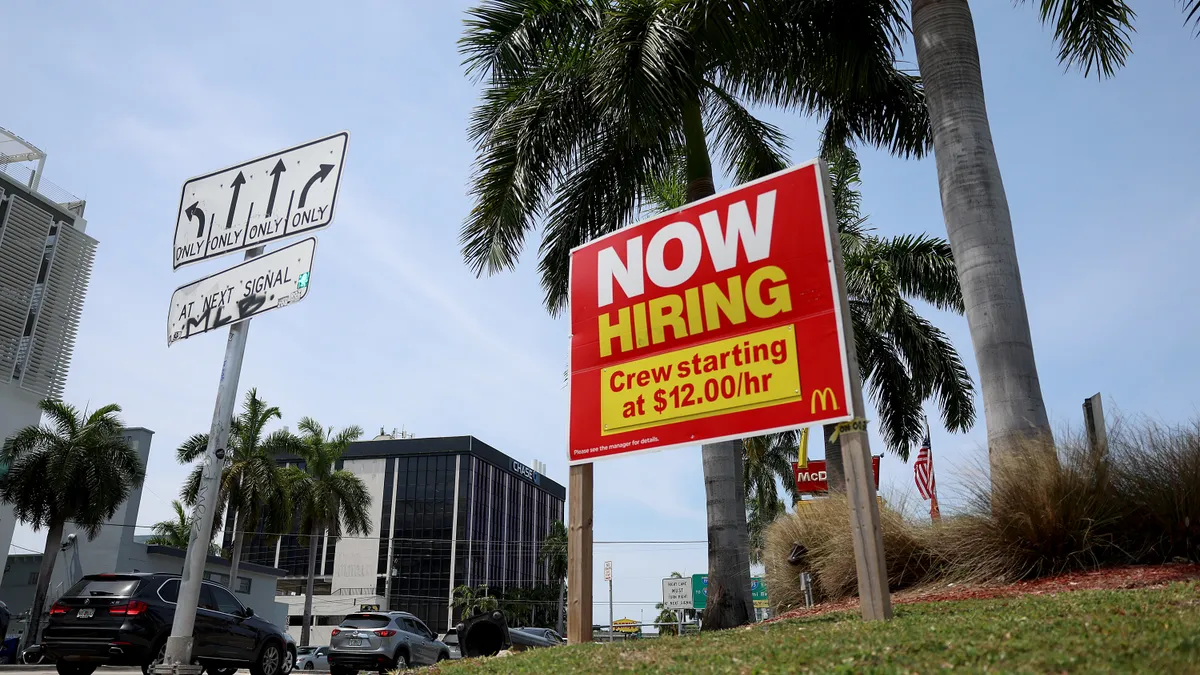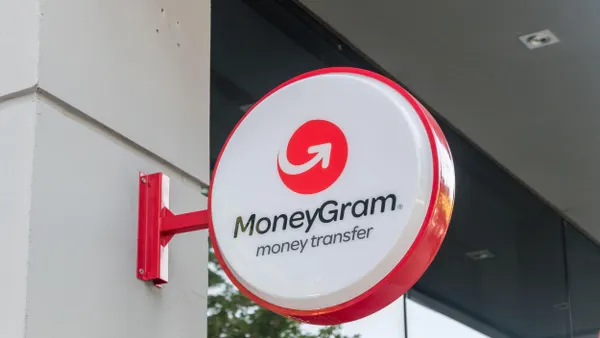Five years ago, Casey Nunneker was working with a small but fast-growing biotech company in Maryland that, after several years of renewing a fully insured health insurance program for its employees, shifted to a self-funded program.
The move paid off, saving the company nearly $400,000 over five years. That’s because the company’s CFO, armed with data on how much in medical costs the company’s employees were using each year, could better match costs to claims and depart radically from the way it was approaching its coverage.
“In the first year, after accounting for the reserves they needed to put aside, they saved 15% off of their $2 million annual spend,” Nunneker told CFO Dive Monday. “And as they ran it out over a 5-year period, they had saved almost half a million dollars from expected fully insured costs.”
Nunneker, a principal and the employee benefit practice leader at Early, Cassidy & Schilling, LLC, an independent, boutique risk management firm in Rockville, MD, said the company had one bad year out of the last five. Meaning it had such high claims in that one year that it ended up paying more than it would have paid had it stayed in a fully insured plan. That one bad year was truly an outlier, which is always expected.
“Because of the other good years, the company still had savings to materialize back into employee salaries, hiring, and technology,” he said. “And on top of that, they had a level of transparency within their plan, and access to data, positioning them to better forecast and understand what they could do to offset a bad year.”
Breaking from routine
Self-funding doesn’t make sense for all companies, particularly if you’re smaller. “If you’re dealing with a group of under 100 employees, there is very little negotiation that can happen in the fully insured market, so you are forced to use the same handful of carriers,” he said. “You can't really go to the carrier and say, ‘I have enough claims data to prove your increase makes no sense”. “However, there has been an increase in the number of groups under 100 employees self funding their medical plan over the last 4 years. More importantly, all employers of this size should at least become versed in the mechanics of self funding.
With 100 to 200 employees, it’s possible to generate enough data over several years so you can see if self-funding makes sense, but it has to be taken on a case-by-case basis.”
Once you’re above 200 employees, you’re in a position to generate enough data that you can sit down with your carrier and broker and talk about a different way to approach your employees’ medical insurance.
“Now you have some negotiating power and can look at underwriting standards to really make sure the carrier is giving you a consistent rating,” he said.
“Although the case for self-funding can be compelling, particularly for larger companies, switching to that approach is the exception rather than the rule, but that’s largely because of inertia”, Nunneker says. Executives are reluctant to open up a process that only comes once a year and would take time and energy away from other priorities.
“From an HR perspective, they’re typically just trying to renew into the path of least resistance," he said. "I don’t mean that generally as a knock on HR, but HR has so many different areas of interest to deal with — retention, recruiting, compliance, just to mention and few — and the benefits renewal comes along once a year and who knows which one of those other tasks is today’s priority”. As a result, CFOs typically rubber-stamp the annual renewal, even though it invariably comes with an 8-9% premium increase and a shift in cost to employees.
“You end up in this situation where there’s no one you can reach out to who’s really captivated by this issue and wants to control it,” he said. “And yet it’s typically one of the top three spends, in terms of companies’ total expenses and often has the highest trend. But no one wants to touch it. It’s really just bizarre from my perspective.”
To get the 8-9% annual increase down to a manageable level, executives tend to negotiate a higher per-employee deductible, so employees might go from a $2,000 deductible to a $3,000 deductible the next year and so on, until the maximum allowable deductible under the Affordable Care Act is reached, generally $5,000 or $6,000, depending on the type of plan. This tends to get the annual premium increase down to about 5%, but executives are taking it at face value that there’s a reason behind the increase.
“Basically, people are throwing up their hands, saying, ‘Okay, it’s going to be somewhere between 8% and 10%,’” he said. “We’re not going to try to make any crazy changes, so we just add a little bit to the deductible to offset the increase. Then we get down to 5% and everyone can stomach that number. Next we give our employees a 2% to 3% pay raise, and then when the renewal comes, it’s as if we have taken at least half back through their health insurance. That’s why everyone’s wages have essentially been flat over the last decade.”
Setting up a plan
Companies can generally negotiate a self-funded plan with the fully insured carrier they currently have to ease the transition and to start taking advantage of the “unbundled” TPA market. Most carriers will act as a third-party administrator (TPA) and handle the management of the program, including the reserve, or trust, that the company sets up for paying claims. For employees, the transition will be largely invisible, because they’ll still receive paperwork from the same carrier. That was the case with the biotech firm he worked with.
“When they finally decided to pull the trigger, they were able to self-fund with the same carrier, which meant they essentially had the same network of doctors," he said. "So, it was seamless to the employees.”
Details will differ, but, in general, the company will have to set aside enough in a reserve to handle a month or two of potential claims. To protect against catastrophic losses, the company could consider a stop-loss policy that kicks in after losses reach a predetermined level per employee.
“Let’s say you have a $50,000 stop-loss limit,” he said. “Which means, that when you reach $50,000, your plan stops paying and now the carrier starts paying."
As with a fully funded program, the company can adjust the deductible and other elements of the plan to keep costs under control. If it sets a high deductible — $5,000 or $6,000, say — then the company can negotiate a supplemental policy with the carrier, or with another carrier, so it can offer employees the option of buying one of these additional policies to cover the deductible.
“Employees can either take or leave that supplemental policy to plug the hole in that $5,000 deductible,” he said. “As an example, there might be a $25 or $30 monthly premium for an employee on a hospital indemnity plan that would pay the full $5,000 if you’re hospitalized. Importantly, we’re giving the employees a base for their families to get care so nobody, in the case of a catastrophic event, should go bankrupt.”
There are other elements companies can tweak. If they’re larger, they can opt to manage their reserve accounts themselves, collecting interest on the money and saving on administrative costs. If they’re smaller, most TPAs will require that they manage the reserve and build the cost into the premium.
“For groups under 250 employees, that reserve is usually going to be baked into the total cost,” he said. “As you grow, you can decide whether or not it's best to hold the reserves yourself and accrue over time. But the cost of getting in to self funding, if done properly, should be very minimal.”
Companies can also institute a health and wellness program to help keep costs down by encouraging employees to receive preventive care and in addition being aware of their biometrics.
“If you divert just one person who’s a future high claimant, you have now saved your company money, or deflected costs, versus in the fully insured world where those savings only reach the carrier,” he said. “So, anything you do now strategy-wise can truly impact the bottom line for your company.”
Nunneker said he expects more companies to give serious consideration to self-funding, simply because an alternative is needed in the face of rising costs. But it’s going to take CFOs to get involved because exploding insurance costs are ultimately a finance function.
“You just need to understand that there are products in the marketplace that provide very similar protections to being fully insured,” he said. “They can actually provide you with meaningful data, so that you can do the job your employees and company needs you to do.”




















